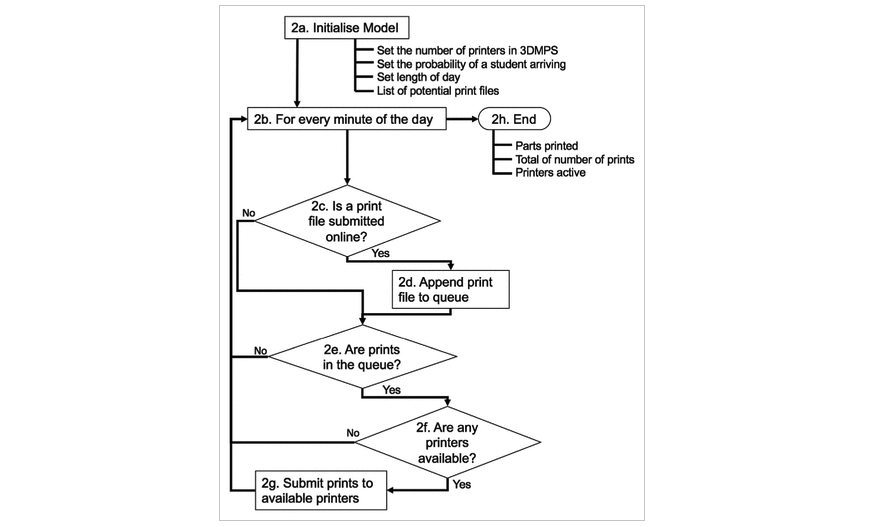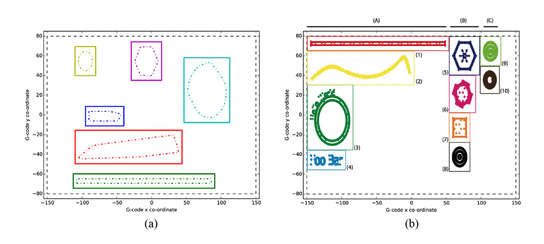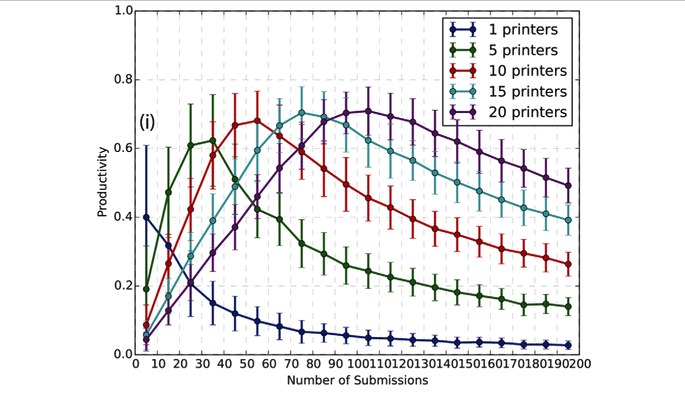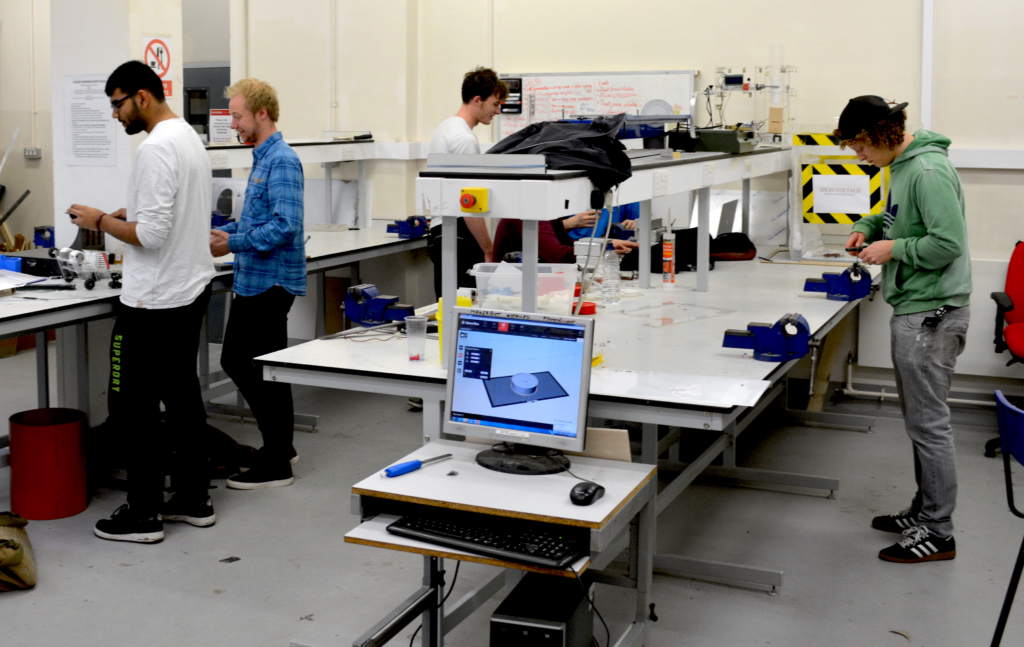3D printer labs in schools, universities, MakerSpaces, Fab Labs and bureaus face an every day challenge of fulfilling the demand with multiple print jobs. Noticing a need for guidance in this area, researchers at the University of Bath and University of Bristol are conducting an investigation into the best way to optimize productivity in a shared environment.
3D Printing Industry spoke to James Gopsill, co-author of the 3D printer productivity study, to learn more about the method’s explored and the vision of cross-institution 3D printer collaboration.

An online queuing system
The study from Gopsill and Hicks focuses on the effect of 3D printer scheduling, and optimal arrangements for 3D printing multiple objects on a single bed.
For scheduling, the researchers propose the adoption of an online system that allows users of a 3D managed print service (3D MPS) to submit their prints to a queue. The alternative of this method is to deliver 3D printing facilities on first-come first-serve basis but, as the authors explain, “This commonly leads to periods of peak demand where all the printers are in use and users are unable to submit their prints, as well as periods of low utilisation.”
In the on-line continuous queue (OLCQ) strategy, objects are automatically led through the 3D printing process based on an operational flow diagram.

Efficiency of scheduling is improved twofold by the OLCQ strategy. Firstly, users of the 3D MPS aren’t turned away at peak times, and are able to add their objects to a queue. Secondly, the system eradicates some of the scheduling efforts on the 3D MPS manger, freeing them up to solve queries or perform other tasks.
Optimal print bed use
The success of OLCQ is bolstered by a strategy to optimize the use of 3D printers at a 3D printer lab’s disposal. To this challenge, Gopsill and Hicks apply a specially developed “first-fit decreasing height” (FFDH) algorithm. With FFDH, the computer calculates the best fit of a selection of queued parts on a single print bed, allowing for appropriate spacing in-between objects.

Additionally, the researches add a system for rotating the parts as required to use up as much space as possible on a single print bed. Though simulation of this system has proven effective, Gopsill adds, “we have been discovering that the failure rates of prints does correlate with print time so we’re investigating the trade offs between throughput on the print bed and successful printing.”

Optimal conditions for 1 – 20 3D printers
The proposed strategies have been simulated for their efficiency within a 3D MPS containing 1, 5, 10, 15 and 20 3D printers servicing a sliding scale of 1 – 200 object submissions. To take lab of 5 3D printers as an example, peak productivity is reached when the lab receives no more than 35 jobs in a single day. Productivity limits for further set-ups can be read in the chart below.

The next step for this research is to investigate a method for managing an automated 3D printer farm outside of office hours, as in Voodoo Manufacturings Project Skywalker, and to develop tools “that both verify and support the students in optimising their prints.” Gopsill adds,
It is a really exciting time for us. In addition, I have students working the automatic
splitting of models that are too large for a single print bed (something that we’re seeing more and more of in our MakerSpace) and 3D printed custom products that use embedded sensors to inform you of how the product should evolve
A next generation MakerSpace
Furthermore, Gopsill and Hicks have just put together a roadmap for a vision for Fab Lab collaboration between the University of Bath and the University of Bristol.

This proposal will be submitted for consideration by the UK’s Engineering and Physical Sciences Research Council (EPRC) as the “next generation of MakerSpace”. Gospill explains,
This will enable us to make like for like comparisons between the two services. In addition, we are looking at the opportunities and challenges in linking multiple MakerSpaces through a collaboration between University of Bristol and Bath.
Investigating the effect of scale and scheduling strategies on the productivity of 3D managed print services discussed in this article is published open-access in the Journal of Engineering Manufacture. It is co-authored by James A Gopsill and Ben J Hicks.
Stay up-to-date with the latest 3D printing news and research by subscribing to our newsletter and following us on twitter and Facebook.
Featured image: A farm of MakerBots in the University of Bristol’s MakerSpace. Photo by James Gospill


